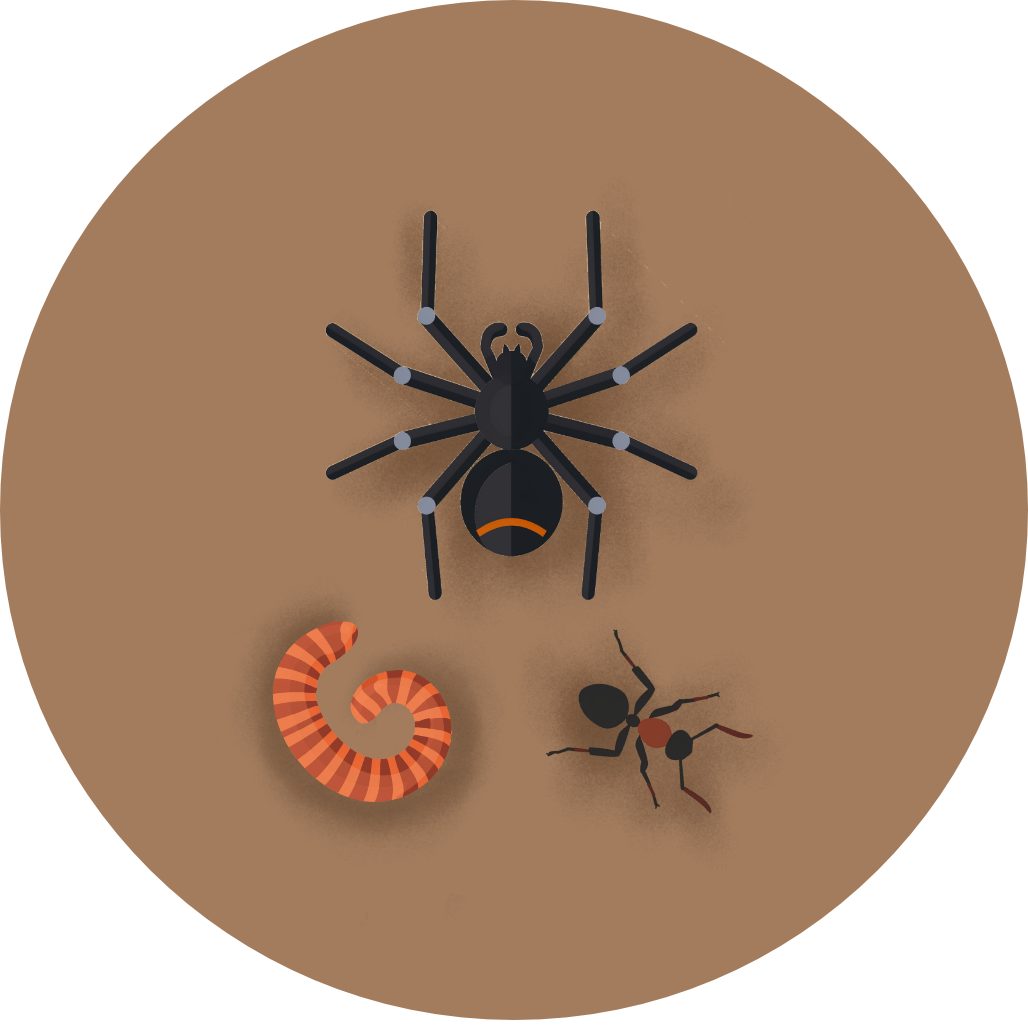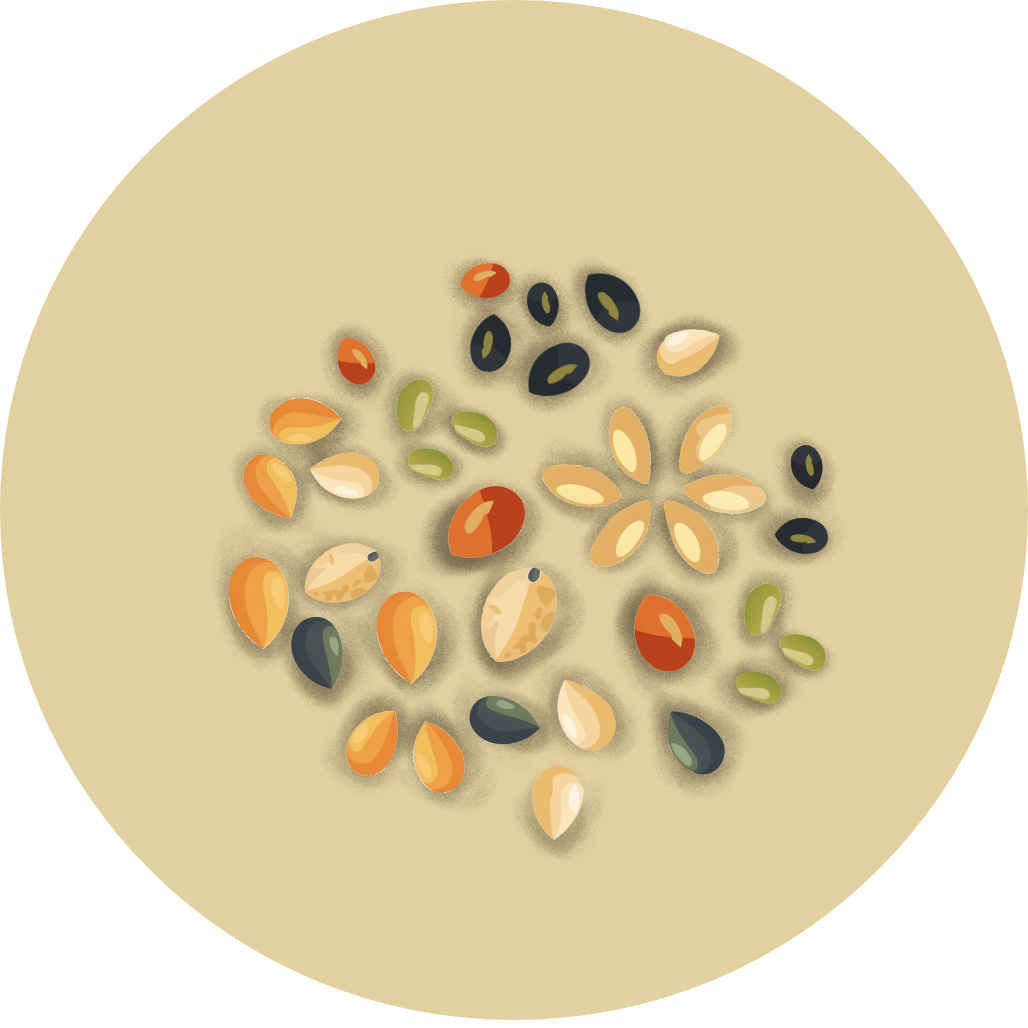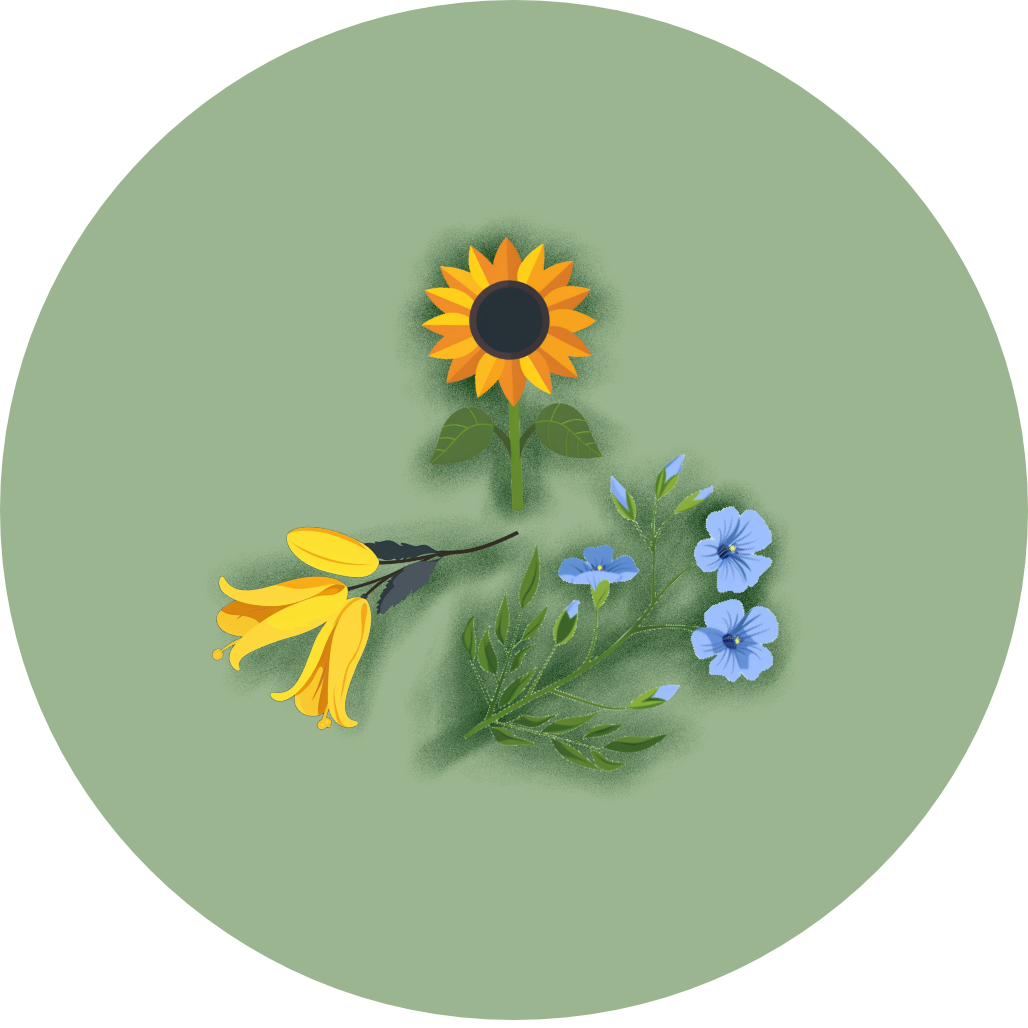
House Sparrow
Passer domesticus


Passer domesticus

The house sparrow, introduced to New Zealand in the 1860s, is a small, adaptable bird now found throughout the country. Introduced to combat crop pests in the 1860s, house sparrows quickly spread across New Zealand. About the size of a silvereye but chunkier, these familiar birds are a common sight in urban and rural areas alike. Their cheerful chirping and bold behavior make them a well-known, if sometimes controversial, part of New Zealand's avian community.
1. Males have a distinctive black bib and grey crown; females are various shades of brown
2. Stout, conical bill perfect for seed-cracking
3. Gregarious behavior, often seen in noisy flocks
House sparrows are adaptable omnivores, eating seeds, insects, and human food scraps. They breed from spring to early autumn, often raising multiple broods. Nests are messy affairs of grass and feathers, tucked into building crevices or dense shrubs. While abundant, they face challenges from habitat changes and competition with native birds. Their success story also raises questions about their impact on local ecosystems.
House sparrows are ubiquitous in New Zealand, found everywhere from city centers to rural farms. Look for them in parks, gardens, and anywhere humans provide easy access to food. They're active throughout the day but are especially visible in the morning and evening when feeding. Watch for them hopping along the ground, perched on fences, or nesting in building eaves. Tip: Put out some bread crumbs and watch how quickly a flock appears\!
15 cm
28 g








Coming Soon!
Top birding locations will be available in a future update.